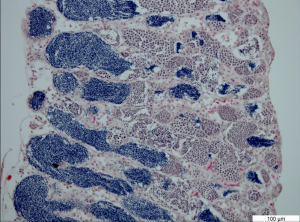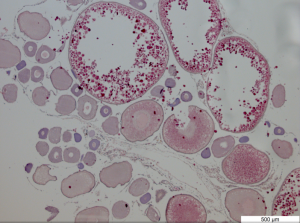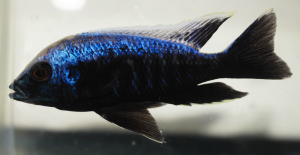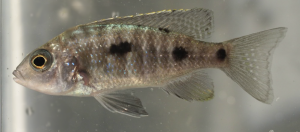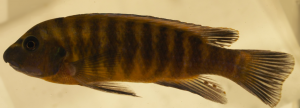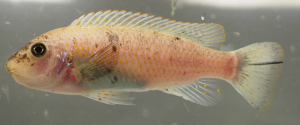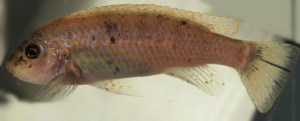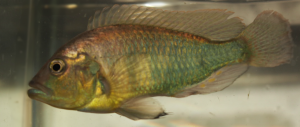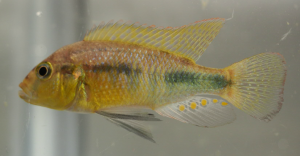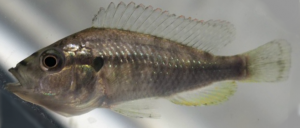Boy, it has been quite a week. I finished the internship portion of my fellowship on Friday, and then on Tuesday I started back at school. I spent a really great four days with my coworkers, planning, discussing, preparing, and now I’m in the last minute scramble to get everything ready before the students arrive on Tuesday!
To be honest, I wondered at first if my fellowship experience would sort of fade into the background amidst the craziness of the school year. Of course I would teach my planned lesson, but beyond that, would it matter?
School hasn’t even started yet, and I can already say: Yes, it matters. The number of times this week that I’ve said, “I learned a cool thing at my professional development this summer,” has probably become obnoxious already. I am luckier than a lot of teacher because I belong to a school filled with great teachers who are committed to growing and improving together. That said, there are not even a dozen of us. This summer I got to expand that professional network five-fold and I am already feeling the benefits.
Some of the things I’m excited about bringing into my classroom, other than my new curriculum product: interesting classroom friendly music, infographics, Trello, and a renewed sense of how scientists really work. Thank you for everything so far, Kenan Fellows!
